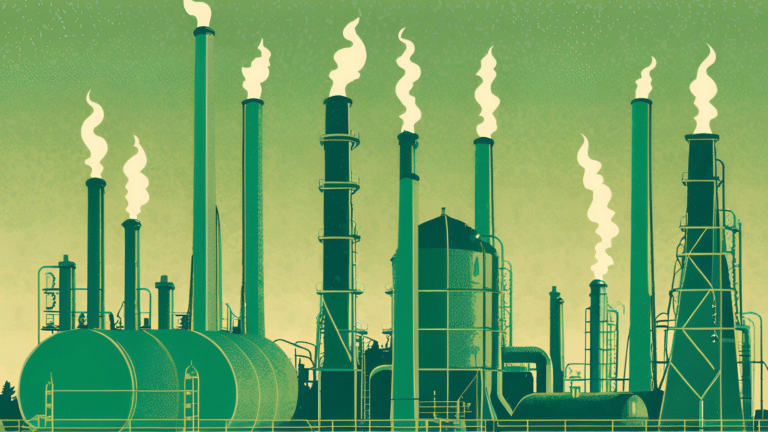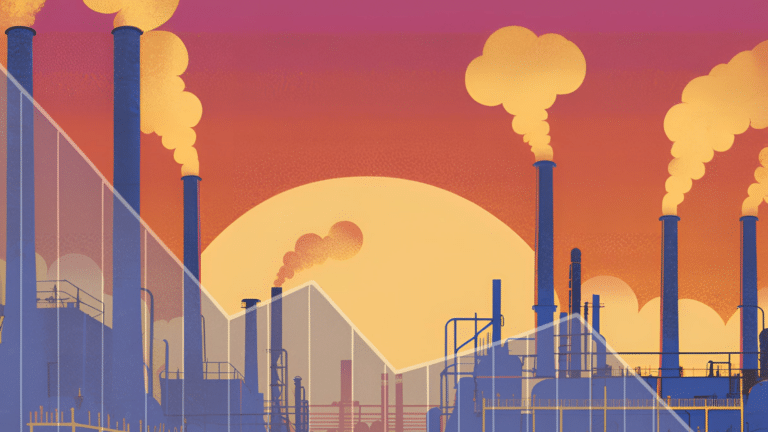Experts: What do Trump’s tariffs mean for global climate action?
The Trump administration has imposed tariffs on all imports from China, Mexico and Canada, as well as on steel, aluminium and cars from around the world
Current Access Level “I” – ID Only: CUID holders, alumni, and approved guests only
Reports by Erica Downs • September 29, 2021
This report represents the research and views of the author. It does not necessarily represent the views of the Center on Global Energy Policy. The piece may be subject to further revision. Contributions to SIPA for the benefit of CGEP are general use gifts, which gives the Center discretion in how it allocates these funds. More information is available at Our Partners. Rare cases of sponsored projects are clearly indicated. For a full list of financial supporters of the Center on Global Energy Policy at Columbia University SIPA, please visit our website at Our Partners. See below a list of members that are currently in CGEP’s Visionary Annual Circle.
(This list is updated periodically)
Air Products
Anonymous
Jay Bernstein
Breakthrough Energy LLC
Children’s Investment Fund Foundation (CIFF)
On September 22, 2020, China’s leader, Xi Jinping, made a surprise announcement about China’s climate ambitions during remarks to the United Nations General Assembly. He stated that China, the world’s largest emitter of greenhouse gases (GHGs), aims to achieve carbon neutrality before 2060. Xi also said that China’s GHG emissions would peak before 2030, a slight revision to China’s pledge under the Paris Climate Agreement to peak emissions around 2030.
China’s new climate targets spurred the country’s three major national oil companies (NOCs)—China National Petroleum Corporation (CNPC), China Petrochemical Corporation (Sinopec Group), and China National Offshore Oil Corporation (CNOOC)—to strengthen their climate ambitions. PetroChina (the flagship subsidiary of CNPC), which had already set a goal of achieving near-zero emissions by 2050, intends to peak its carbon emissions by 2025. Sinopec Corp. (the flagship subsidiary of Sinopec Group) also aims to peak its carbon emissions by 2025 and to achieve carbon neutrality by 2050. CNOOC Ltd. (the flagship subsidiary of CNOOC) plans to reduce its GHG emissions by 16 percent between 2020 and 2025 and aims to peak its carbon emissions before 2030 and achieve carbon neutrality before 2060.
This report, part of the China Energy and Climate Program at Columbia University’s Center on Global Energy Policy, provides a baseline for understanding how China’s NOCs are responding to climate change. It examines the activities the three companies identified as part of their emerging energy transition strategies before Xi unveiled the carbon peaking and carbon neutrality targets, and why they didn’t do more. The report then assesses the implications of China’s new climate ambitions for its NOCs and lays out their preparations to date for supporting Xi’s 2030 and 2060 pledges.
The main findings include the following:
While preparations specific to China’s new peaking and neutrality goals are still in the early stages and China’s NOCs are unlikely to reinvent themselves anytime soon, the NOCs are aware that they will need to continue to flesh out their plans for a smooth energy transition to show support for China’s climate ambitions.
Earlier this month, China convened its “two sessions”—the annual concurrent meetings of the National People’s Congress (NPC), China’s legislature, and the Chinese People’s Political Consultative Congress, a political...

During a speech at the World Economic Forum in Davos last month, President Donald Trump urged Saudi Arabia and OPEC to increase oil production to lower prices and exert...

China’s demand for oil, long an important driver of global oil demand growth, slowed dramatically during January–September 2024. Between 2000 and 2023, China accounted for 50 percent of...

Full report
Reports by Erica Downs • September 29, 2021